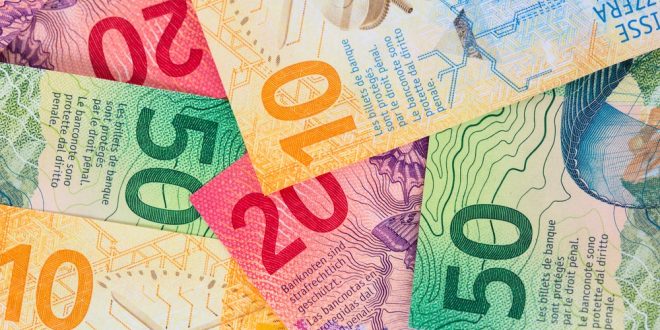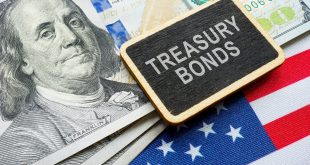The USD/CHF pair is holding steady near the 0.8900 mark, buoyed by a cautiously optimistic market mood and a strengthening US Dollar. A combination of trade policy developments, mixed US economic indicators, and ongoing geopolitical tensions is shaping the pair’s trajectory. As investors digest the White House’s plans to ease tariffs on US automakers and grapple with weaker-than-expected labor and consumer confidence data, the USD/CHF remains poised for potential upside, though uncertainties surrounding US-China trade talks loom large. With key economic releases on the horizon, the pair’s next moves will likely depend on fresh catalysts.
Auto Tariff Relief Sparks Optimism
On Tuesday, US Commerce Secretary Howard Lutnick unveiled White House initiatives aimed at reducing tariffs on American automakers, a move that injected a dose of optimism into global markets. This policy shift contributed to a modest recovery in risk appetite, supporting the US Dollar’s strength. The US Dollar Index (DXY) climbed toward 99.30, reflecting market anticipation of potential trade relief and a Federal Reserve that may adopt a more cautious stance in response to recent economic softness. However, the USD’s rally remains tempered by uncertainties in US-China trade negotiations, which continue to send mixed signals.
Mixed US Economic Data Fuels Speculation
Recent US economic reports have painted a complex picture, adding to market volatility. The US Bureau of Labor Statistics reported that the Job Openings and Labor Turnover Survey (JOLTS) for March dropped to 7.192 million, falling short of the expected 7.5 million and marking the lowest level since September. Similarly, the Conference Board’s Consumer Confidence Index plummeted to 86.0 in April, signaling growing economic pessimism among consumers. Despite these disappointing figures, the USD managed a modest gain, as traders focused on the possibility of tariff relief and awaited critical upcoming data, including GDP and ISM PMI reports. These releases could provide further clarity on the Federal Reserve’s policy direction.
Geopolitical Tensions and Trade Developments
Geopolitical headlines continue to influence market sentiment, with US-China trade talks at the forefront. US Treasury Secretary Scott Bessent called on China to take proactive steps to de-escalate trade tensions, while Beijing’s decision to waive a 125% tariff on US ethane imports was viewed as a small but positive gesture. However, conflicting messages from both Washington and Beijing have kept markets on edge, limiting the USD’s ability to mount a more robust rally. As trade negotiations unfold, their outcomes will likely play a pivotal role in shaping the USD/CHF’s near-term direction.
Technical Outlook: Cautiously Bullish
From a technical perspective, USD/CHF maintains a constructive tone, trading above the key support level of 0.8880. The 20-day Simple Moving Average (SMA) at approximately 0.8870 provides immediate support, with the 50-day SMA near 0.8820 acting as a secondary buffer. Momentum indicators suggest cautious bullishness: the 14-day Relative Strength Index (RSI) hovers around 55, indicating balanced momentum, while the MACD is nearing a bullish crossover. Should buyers push the pair above 0.8915, resistance levels at 0.8950 and the psychological 0.9000 mark could come into play. Conversely, a drop below 0.8870 might see the pair test supports at 0.8820 and 0.8780.
What Lies Ahead for USD/CHF?
The USD/CHF pair is navigating a delicate balance of positive and negative forces. The White House’s tariff relief for automakers and a slightly improved risk sentiment are bolstering the US Dollar, but weaker US economic data and ongoing trade uncertainties are capping gains. With critical economic releases like GDP and ISM PMI on the horizon, alongside developments in US-China trade talks, the pair’s short-term trajectory remains fluid. For now, USD/CHF appears biased toward gradual upside, but traders should stay vigilant for fresh catalysts that could shift the market’s direction.

 Noor Trends News, Technical Analysis, Educational Tools and Recommendations
Noor Trends News, Technical Analysis, Educational Tools and Recommendations




